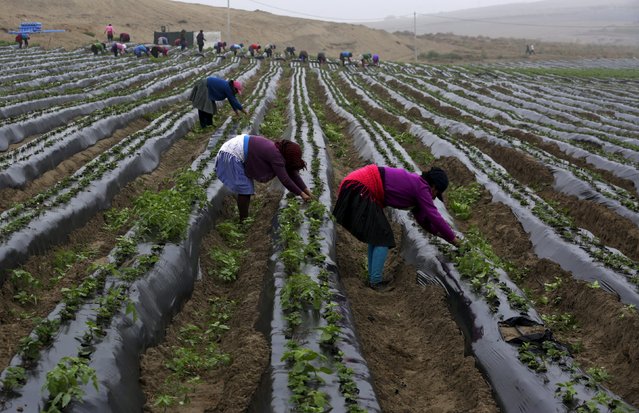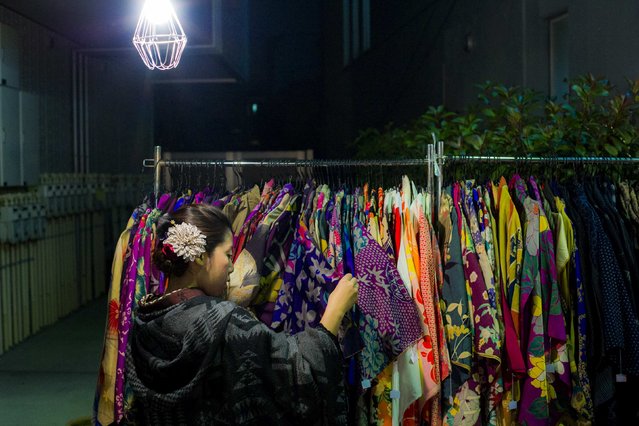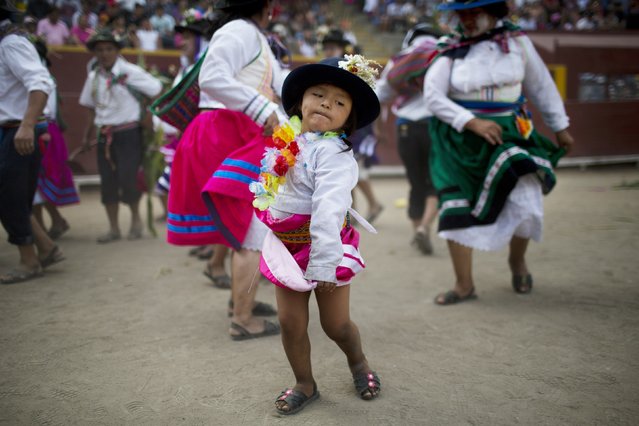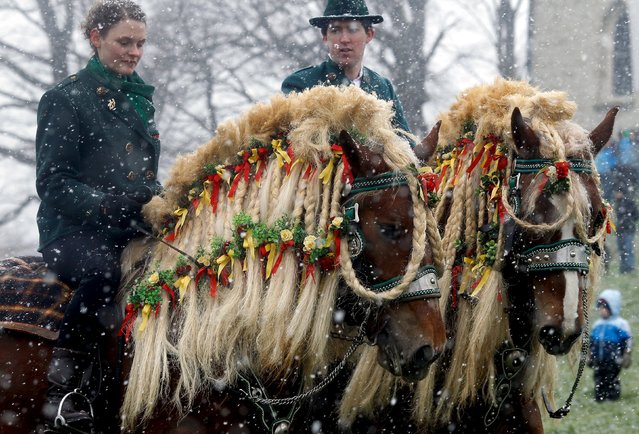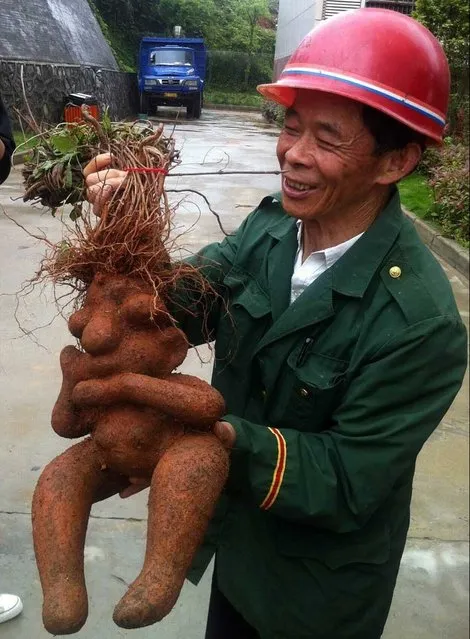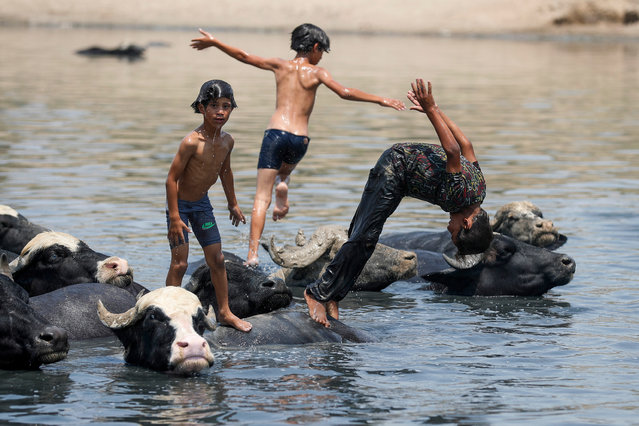
Iraqi boys swim with a herd of buffaloes in the Diyala River in the Faziliah district, east of Baghdad on August 2, 2021, amid extreme summer temperatures. As Iraq bakes under a blistering summer heat wave, its hard-scrabble farmers and herders are battling severe water shortages that are killing their animals, fields and way of life. (Photo by Ahmad Al-Rubaye/AFP Photo)
21 Aug 2021 09:28:00,post received
0 comments


